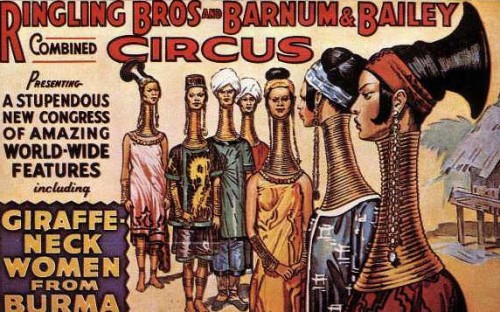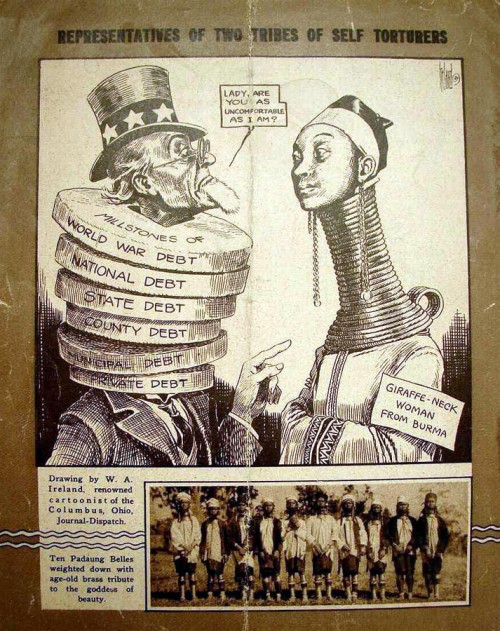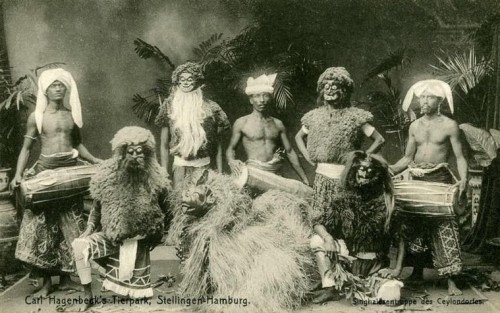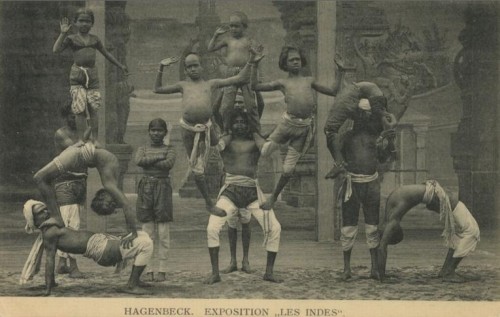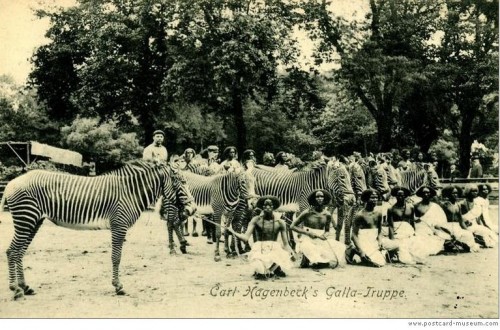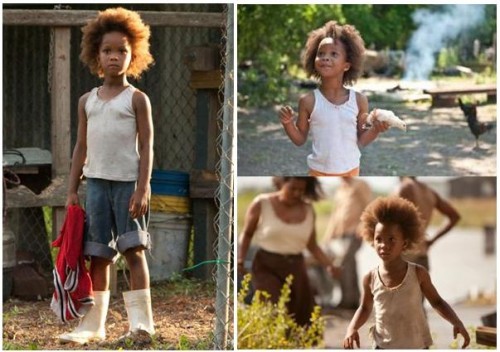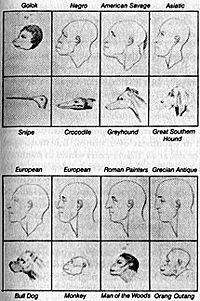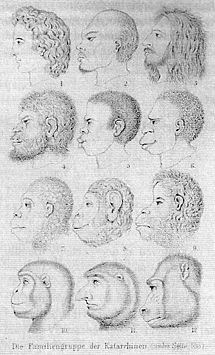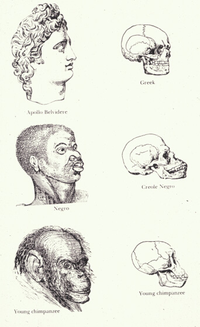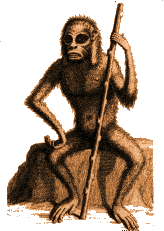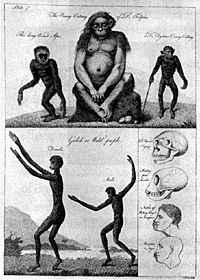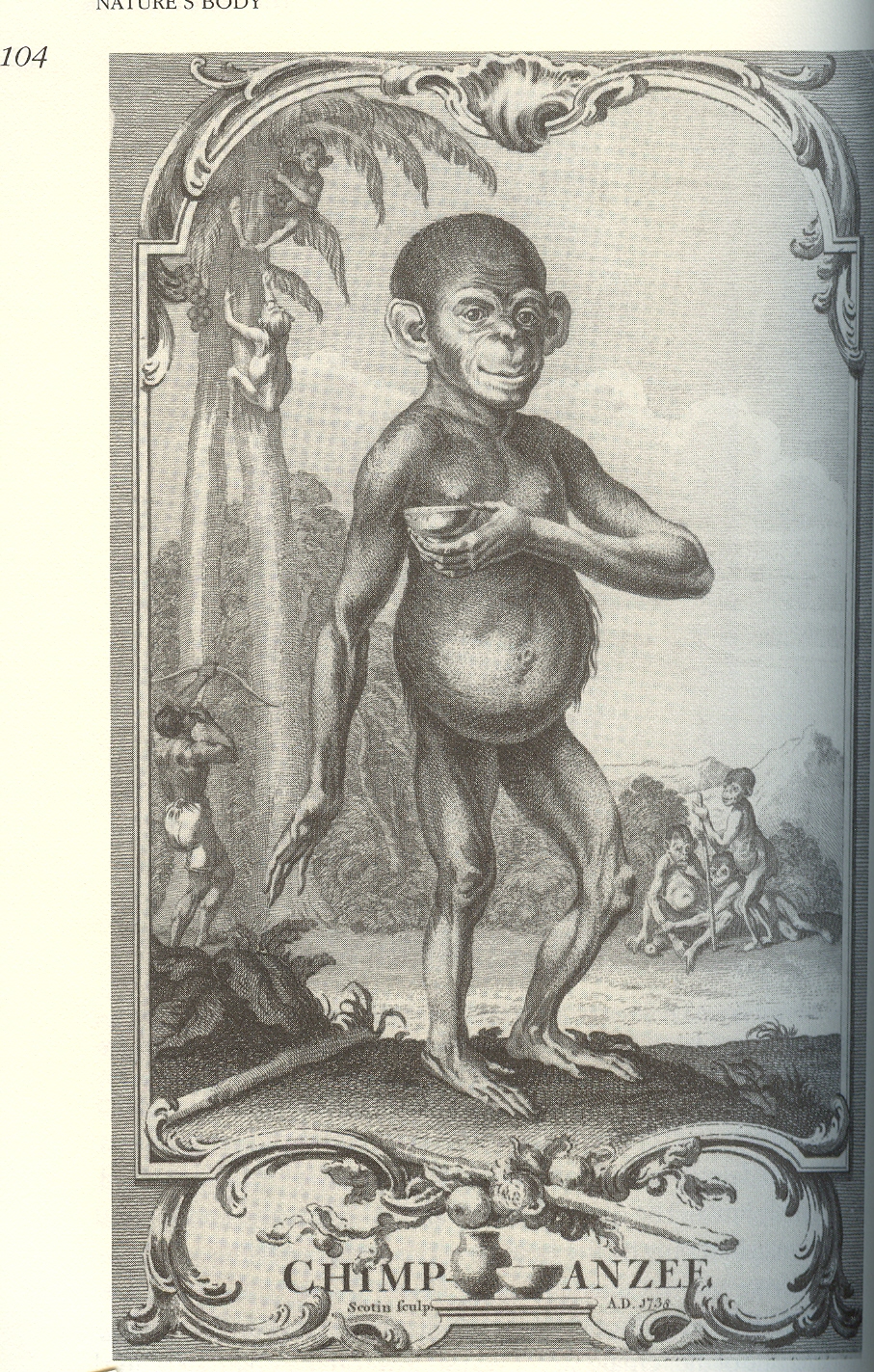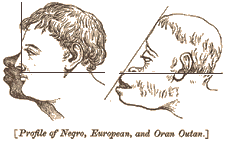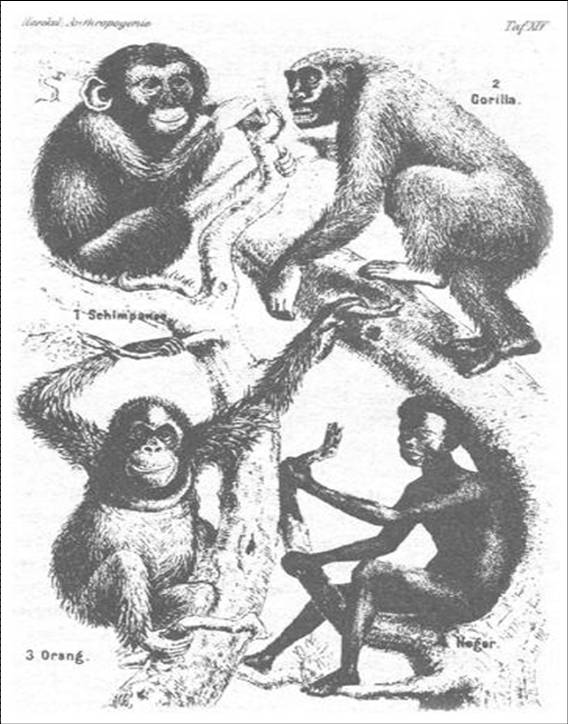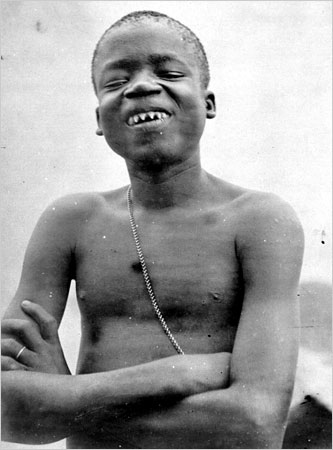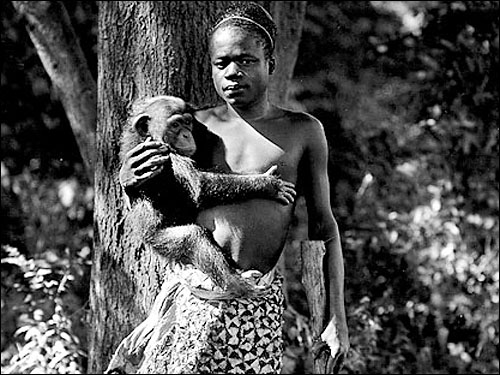***TRIGGER WARNING for racism and enslavement***
Last month I posted about the human zoo captives popular during the 1800s and early 1900s in Europe and America. Today I discovered an archive documenting the capture and display of members of a Burmese ethnic minority, the Kayan (also called Padaung), who have historically practiced neck-lengthening.
The archive, at Sideshow World, includes posters from the Hagenbeck-Wallace Circus and the Ringling Bros. and Barnum and Bailey Circus, as well as promotional photographs of the captives. This material typically referred to the women as “giraffe-necked.”
Promotional posters:
Promotional photograph:
This political cartoon reveals the degree to which the “giraffe-necked woman” had become a well-known icon in the U.S.:
These women and the many others from various parts of the colonized world were typically kidnapped from their communities and put on display. Many died young, exposed to diseases their bodies were not prepared to fight. In some cases their remains — sometimes preserved as “freakish” samples — are still being repatriated.
Lisa Wade, PhD is an Associate Professor at Tulane University. She is the author of American Hookup, a book about college sexual culture; a textbook about gender; and a forthcoming introductory text: Terrible Magnificent Sociology. You can follow her on Twitter and Instagram.

